Product Description
TFPRO 588 FEED-FORWARD COMPRESSOR
A NEW and ORIGINAL audio effects compressor
- Fast and easy to use.
- Low cost 500 series module (UK manufacture).
- Transformer input.
- Elimination of compression ‘overshoot’.
- Hard-wire relay bypass.
- Extended Low frequency range.
Compressors are a necessary part of sound recording and reproduction, primarily and originally as a device to control the volume level within a range suitable for domestic (or theatre) listening, but also, and more importantly, to add an additional dynamic ‘feel’ to an audio signal. Commonly, these dual purposes are combined so that the compressor becomes an essential tool for both the recording and the mix engineer.
Analogue compressors are particularly good at controlling volume levels and work as useful tools for individual instruments in a recording.
Digital compressors and ‘plug-ins’ excel as volume limiters but often fail to match the effects possible on analogue devices.
An ongoing problem with all types of compressor whether new or old, is to get a fast smooth attack without compression overshoot, that is, when there is an audible ‘ripple’ immediately following a sudden transient. It is an effect that even shows itself on BBC TV in some classical music feeds.
Analogue compressors are generally ‘feedback’ types, they operate by sensing audio levels at their output and then applying correction to a gain reduction stage near the input. This arrangement works well, but it is liable to suffer from ‘overshoot’ where when faster attack times are demanded, the control system fails to react efficiently causing momentary peak overloads and dipping effects.
Digital compressors are normally ‘feed-forward’ types where the incoming signal is sensed and used to control the gain of the audio path. Most are modelled on historic analogue compressors with varying accuracy.
The 588 operates as a ‘feed forward’ compressor sensing the incoming signal and immediately sending a control signal to a gain-setting circuit near the output. The control signal circuitry sets the momentary compression ratio and the audio signal is instantly controlled by the control signal and the switchable attack time.
The ‘sound’ of this compressor is consistently superior because of tonal effects created during the compression process. A digital compressor handles audio totally symmetrically; any minor distortion produces symmetrical (odd order) harmonics. These extremely small errors influence the sound in an unnatural way, they produce a slightly flat clinical effect.
The 588 compressor operates more naturally; the harmonics generated by the compression process are asymmetric (even order) similar to effects common in nature and pleasant to the ear.
This sounds technical and complicated but the effect is clear and simple; The 588 brings audio into focus; it is like having a variable contrast control, particularly effective for clarity and for bringing a solo voice forward and more present in the mix.
Digital compressors need a clearly defined ‘knee’ point where the compression curve starts to operate (see graph). The 588 is more of a true limiter/compressor where there is no specific knee, the compression starts at a very low ratio increasing with additional volume and approaching volume limiting at maximum.
- The demos are in mono.
- The first demo is 75 seconds of the original uncompressed ‘Boys ’round here’ (Blake Shelton) followed by the same section compressed through the TFPRO 588.
- The second demo is 10 seconds of uncompressed drums immediately followed by 10 seconds compressed. This drum demo is repeated.
The compressor controls median output levels extremely closely raising the audio level of quieter passages without the obvious sudden shifts normally associated with compression.
In common with the best analogue compressors, the 588 avoids ‘clipping’ transients and retains the ‘life’ of dynamic tracks.
The feed-forward compression has the effect of giving greater separation to events adding clarity to bass frequencies and pulling the sound source towards the listener.
Most significantly, the 588 eliminates compression ‘overshoot’ and can use short release times without obvious over-compression.
To make the compressor fast and easy to use, the controls of the 588 are few and simple. The compression ratio varies with the input level and so a ratio control is not necessary. Compression effect is controlled by careful adjustment of ‘gain’ and ‘make-up gain’ (in common with early analogue compressors).
The attack time is important but not critical so a simple 3-position switch is ideal.
One surprising attribute of the 588 is its effect on the human voice; the compression has the effect of moving the voice closer to the listener, adding ‘presence’ and improving the clarity of the speech.
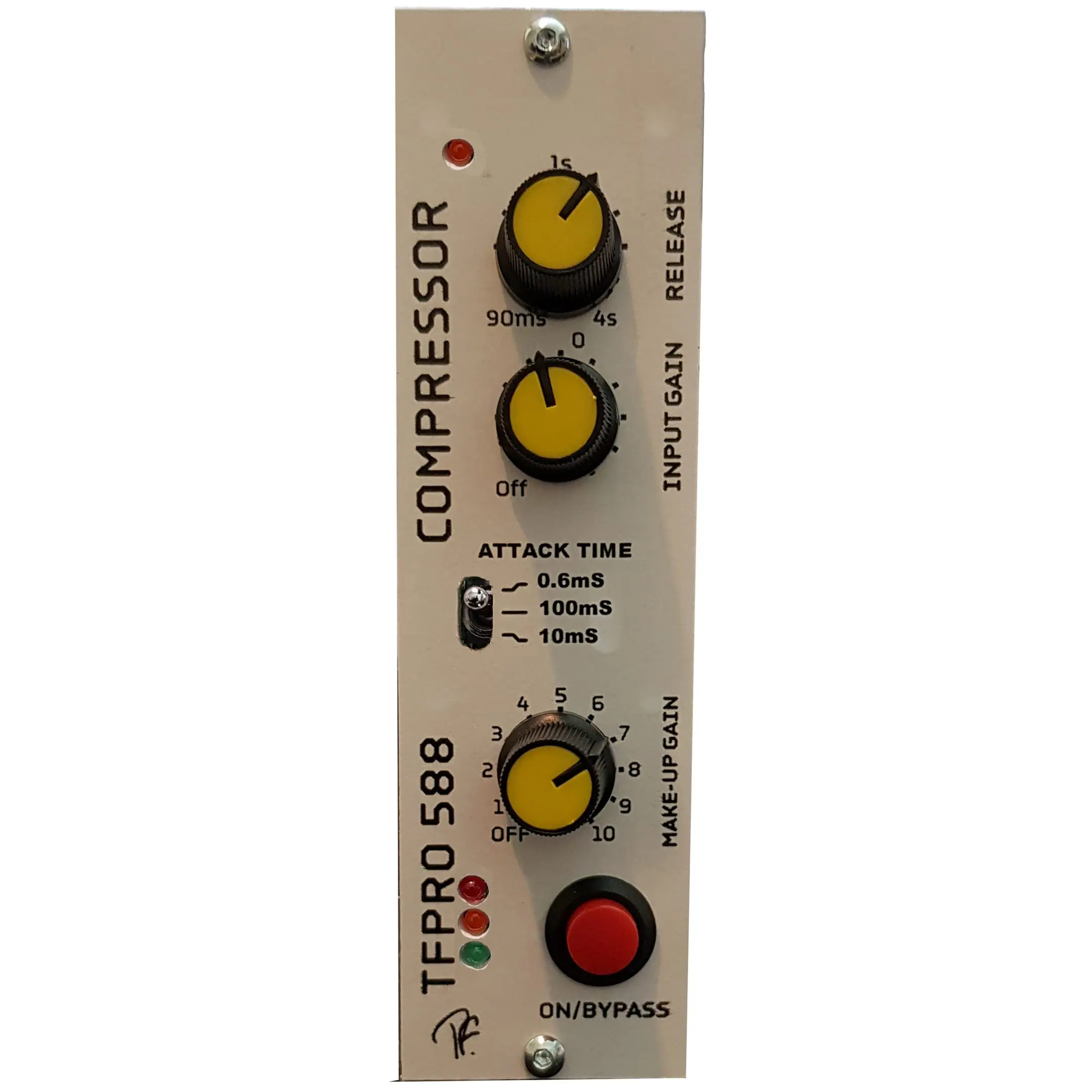
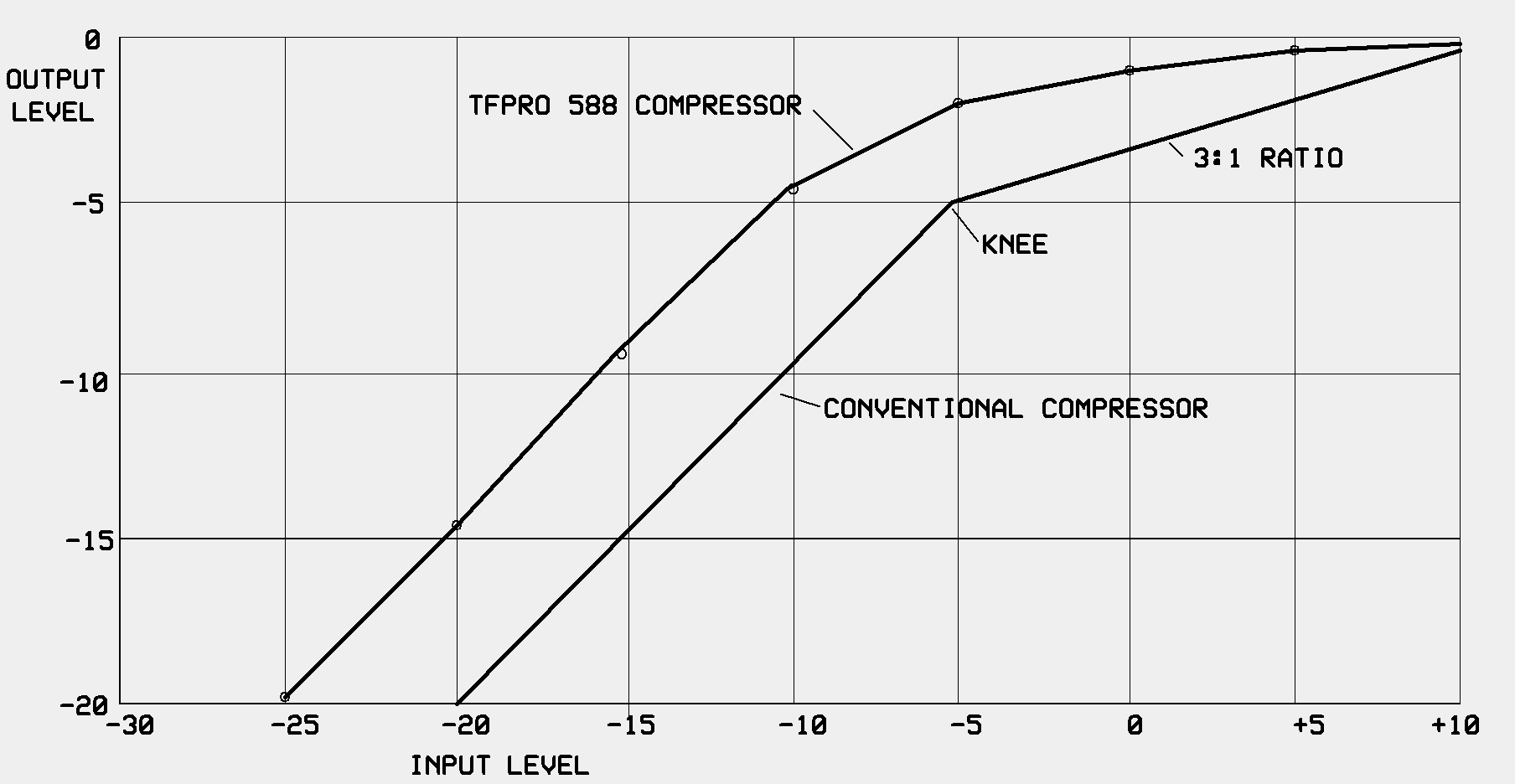
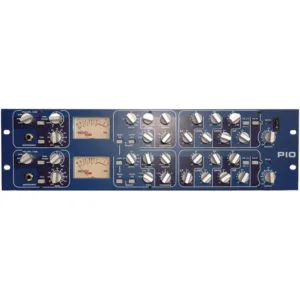
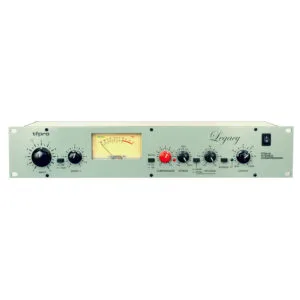
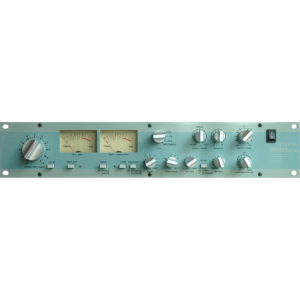
SD – Dallas, TX –
I think these compressors are actually magical. These things are totally wild and fantastic. It’s like all the old compressor rules don’t even apply anymore. I can push them so hard and they don’t seem to mind, or I can just dust the top. Very cool.